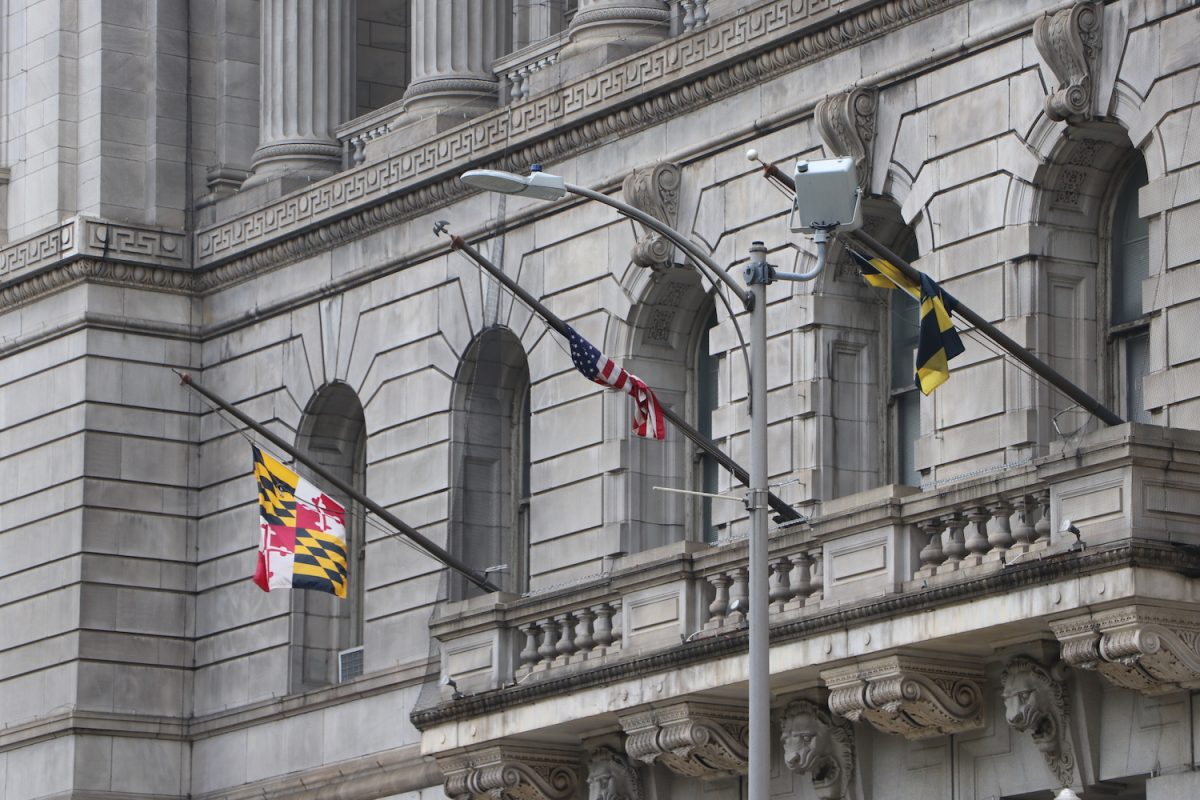
Thank you for reading Baltimore Witness.
Consider making a donation to help us continue our mission.
By
Tobias Kaufmann [former]
- June 13, 2024
Court
|
Daily Stories
|
Homicides
|
Shooting
|
Suspects
|
Victims
|
The trial for a 2012 murder ended before Baltimore City Circuit Court Judge John A. Howard on June 13 in a case that the defense attorney said “rests on the many, many stories” of the star witness.
Ronald Eaton Cornish, 37, is charged with first-degree murder, second-degree murder, having a handgun in a vehicle on a public road, carrying a handgun on his person and firearm possession with a felony conviction. The Nov. 7, 2012, incident was previously tried and resulted in a conviction, before new evidence was found, allowing Cornish a successful appeal for a retrial.
On the night of the incident, Cornish and the victim, 26-year-old Warren Boone, allegedly met with a third person whom the prosecution described as a “middleman” in the 5100 block of Goodnow Road to finish a marijuana deal. According to testimony from the third man, he got out of the car and heard two gunshots before Cornish asked for assistance dumping the body.
During closing arguments, the prosecutor admitted the star witness in the case was “shady” and the defense attorney said that the witness has something to gain from a possible conviction of the defendant.
The prosecutor stressed the significance of the location of the defendant’s phone’s location before the shooting to the days and even weeks after, when investigators were eventually able to track him to his home in Georgia.
She told the jury that the phone records from Cornish and the witness matched the testimony given by the star witness, which placed Cornish at the location of the shooting and then outlined his movements after. The witness told the jury that after the shooting, he and Cornish went to the victim’s house in search of money and drugs and left the house in disarray.
Defense attorney Koryn High told the jury the history of the case dating back to 2012 and pointed out the number of times the witness has changed his story. High noted that early in the investigation, the witness said he was never at the scene, but after phone records were obtained in 2015, he later said that he was at the scene but was not involved in the shooting.
High also made a point to separate Cornish from his phone location, saying the only evidence to put Cornish at the scene was the phone and the word of a man who has changed his story throughout the case.
In her rebuttal, the prosecutor explained to the jury that after the murder, Baltimore Police Department (BPD) detectives traced Cornish back to his home in Georgia using the same phone’s location, making it unlikely that he would have been apart from his phone for the murder but then later reclaimed it. She asked the jury to use basic inferences saying, “You don’t need all the pieces in the puzzle to see the picture.”
The jury began deliberating on June 13.
